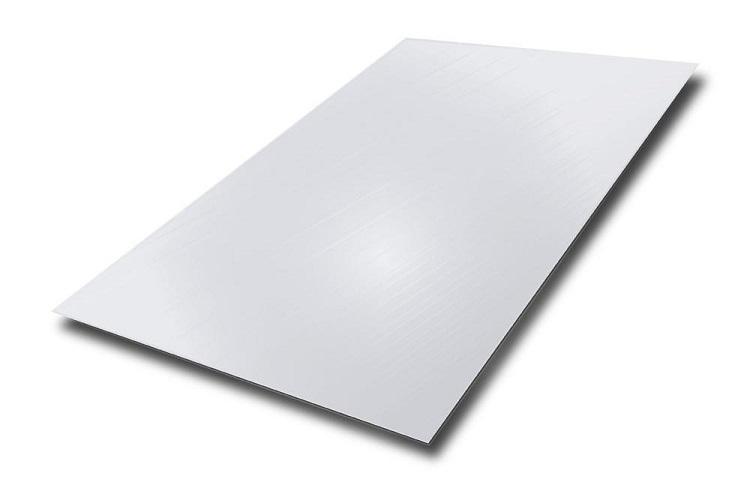The first mass-produced aluminum structure vehicle was the London Underground tram in 1952, and the 2000 aluminum trams of the Sanyo Electric Railway appeared in Japan in 1962. Since then, Sanyo Electric Railway, National Railway and private railways have all competed to use aluminum alloy vehicles. In the 1980s, there were 40 types of aluminum structure vehicles in Japan, with more than 4,000 vehicles. At present, there are more than 80000 aluminum structure vehicles in the world. These vehicles effectively use the original characteristics of aluminum alloy: light weight, high strength, good processability, weldability, corrosion resistance, beautiful appearance, etc., while the basic size, shape and manufacturing methods are in accordance with traditional steel structure vehicles . The main disadvantage of this aluminum structure vehicle is that the weight is reduced and the rigidity is reduced.
The fixed structure vehicle developed to adapt to the high-speed railway, reduce the pressure change in the tunnel and prevent the vibration of the seat center, that is, the Japanese Shinkansen 200th aluminum structure car body, compared with the traditional vehicle, its size is roughly similar, and The configuration is completely different because the density and modulus of elasticity of aluminum are 1/3 of steel, so to obtain the same dimensions and the same bending rigidity as conventional vehicles, the same quality is required. However, taking advantage of the characteristics of high specific strength and good processability of aluminum alloy, the structural parts are arranged at the upper and lower ends of the side structure to maintain the same rigidity and reduce its mass:
The development of aluminum alloy materials and large extruded profiles provides a modern and lightweight
Quantification has paved the way, and the modernization and lightening of the structure of railway vehicles has raised new issues and increased motivation for the development and application of aluminum materials. From the perspective of materials, railway vehicles have high requirements on mechanical properties, processing formability, corrosion resistance, fatigue resistance and welding performance. Therefore, 5×× should be selected according to different components, different uses and different parts. × series (such as 5005, 5052, 5083, etc.), 6 × × × series (such as 6061, 6N01, 6005A, 6082, 6063, etc.), 7××× series (such as 7NO1, 7003, 7005, etc.) alloys. In the 1950s and 1960s, railway vehicles were usually assembled and welded with 5083 alloy outer panels, skeletons and 7NO1 platforms. The requirements of standardization and simplification of construction and maintenance, coupled with the successful development of large-scale integral wall panels and hollow complex thin-wall profiles, have promoted the application of large-scale extruded profiles on railway vehicles.
